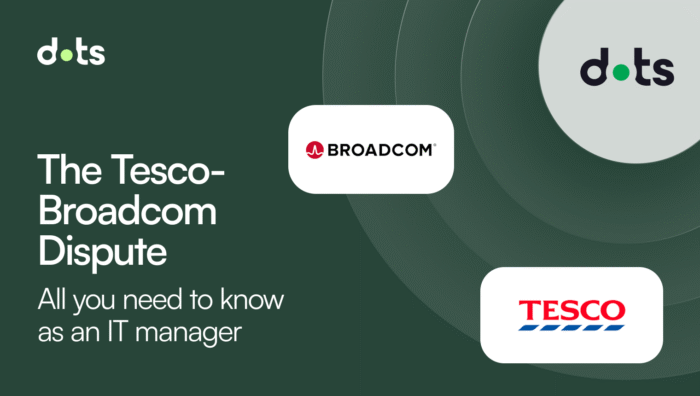Company-wide changes like reorganizations, layoffs, or mergers can be chaotic from an emotional and operational standpoint. While HR and leadership often take center stage in these situations, there is a critical player that’s often sidelined: the IT department. More specifically, IT asset management (ITAM) deserves a front-row seat in any major transition planning, or else that could cost you big time. Here’s why.
Why IT Asset Management Is Critical for Business During Transitions
When people think about IT asset management, they usually picture somebody keeping track of phones and laptops. But modern ITAM goes way beyond that. It’s about knowing what IT hardware and software assets a company owns, where they are, who’s using them, and whether they’re secure and compliant.
That’s the main reason why, during moments of organizational change, this visibility becomes non-negotiable. Consider a firm going through layoffs. If the IT department is not part of the mix, retrieving devices, revoking access, and safeguarding data can become a logistical and security nightmare. Lost laptops are not just lost money, but also a potential breach waiting to happen.
During mergers or restructuring, understanding which tools and hardware are being used, duplicated, or underutilized helps prevent waste and ultimately ensures a smoother integration. That’s the power of robust IT asset management.
The Risks of Leaving IT Out of the Loop
Because big changes often happen quickly, speed without coordination can lead to chaos. Without involving the IT team, companies risk:
- Security vulnerabilities – Former employees may still have access to critical systems.
- Asset loss – Expensive IT hardware like laptops, phones, or servers can disappear without proper check-in processes.
- License bloat – Companies keep paying for software they no longer use.
- Compliance issues – Missing records during audits can have serious legal consequences.
In short, overlooking IT asset management during a reorg is like forgetting to lock the doors during a house move. It may seem fine until something goes missing or breaks.
ITAM: More Than Just Inventory
A strong ITAM process usually involves tracking lifecycle data for each device and software asset, starting with procurement and until decommissioning. This process is valuable, especially during times of flux.
For instance, IT teams can use asset data to identify who still has unreturned IT hardware, which licenses are unused, and where the company can cut costs without reducing productivity. It also supports smart decision-making via redistribution, when one business unit has newer devices, while another is struggling with outdated tech.
Time to Make ITAM Strategic
If IT asset management still lives in the background at your organization, it’s time to change that. As companies face constant shifts (remote work, hybrid models, growth spurts, or downsizing), ITAM isn’t just a nice-to-have but a business imperative.
Looking to future-proof your asset management strategy? At Dots, we help companies modernize their IT operations with smart tools that make tracking, managing, and securing IT hardware seamless. Visit our website to learn how our platform can bring clarity, control, and confidence to your next transition.





